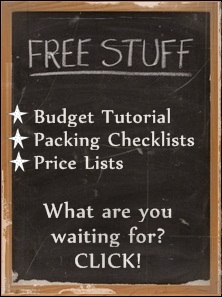- How to get there
- Where to sleep
- Where to eat and relax
- Where to party
- Where to shop
- Sights and Activities
- Dharavi Slum

| ||||||||||||||||||||||
|
Mumbai (Bombay)
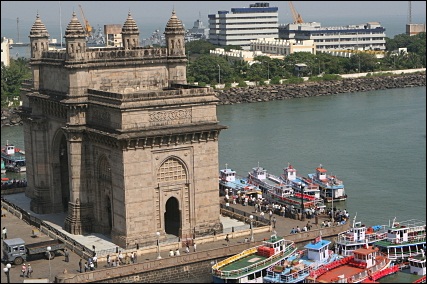
All information below is subject to change
In this article you'll find:
It's hard to describe Mumbai. The south part of the city, in Colaba and Apollo Bunder area, is stunning with colonial buildings, majestic hotels and buildings overlooking the ocean. It's renowned for attractions like Elephanta Island, Gateway of India and slum tours. Colaba is the main tourist area in the city that offers amazing local food and reasonable shopping. Don't be surprised if you get stopped in the streets and asked to play in a Bollywood movie. All the people I know who have been to Mumbai have been asked to join a Bollywood movie. Me and my friends were also asked while we were walking on Colaba causeway. The city differs from other cities in India, like Jaipur, Varanasi, Trivandrum and Goa. If it's your first time in India, the atmosphere may confuse you. You'll be met by a strange smell, loud and annoying noises from car honks, rickshaws, bicycles, locals yelling, nagging or following you. The streets are always packed with millions of people, cows, goats, wherever you go. And not to mention; the visible poverty. When you enter Mumbai, you'll see locals with amputated limbs, begging for money at almost every corner. You'll see thousands, if not millions of people, living on the streets. They live everywhere: Right by the highways, under the bridges or even outside your guesthouse.
I experienced that a poor little girl followed me for 5 blocks so she could get some rupees. I went inside a bookstore to buy a book. She still followed me. When I bought a book, she was still there! She followed me until I took a rickshaw. Then I gave her some rupees, because I couldn't take the stalking anymore. So, as a backpacker, you will experience this when you're in Mumbai. I'm not telling you this to scare you, but to prepare you as much as possible. I wish that someone told me! Anyway, people are different. That's why I think you should stop by this city, so you can make up your own opinion about it :-)
How to get thereMumbai is the gateway to South India and a good starting point if you want to explore further south like Karnataka (Hampi), Goa, Trivandrum in Kerala and Varkala. By air: Chhatrapati Shivaji (known as Sahar) is the name of the international airport in Mumbai, located 30-35 km from Colaba area. The domestic terminal is located in Santa Cruz, about 24 km north. The international and domestic airport connects with multiple destinations abroad and across India. Domestic airlines like Jet Airways and Indigo have flights to and from the city. As of January 2013, Kingfisher Airline has suspended all flights.
Cheap flights to Mumbai:
Once you arrive at the airport, you can take a pre-paid taxi to get downtown. Go to one of the counters in the arrival terminal and book a taxi there. Expect to pay around Rs 400-500 for a pre-paid taxi to Colaba (we paid Rs 350 in 2007 - prices have gone up since then). Luggage charges are additional. The taxi ride takes about 1 hour or more, it depends on the traffic. Traffic is less early in the morning or late in the evening. There's no direct train line from the international airport to Colaba. The closest train station is Andheri. Take the train from Andheri and get off at Churchgate (last stop) and walk to Colaba area. There are a few buses from the airport that will take you to Andheri (15-20 minutes, less than Rs 10) or you can grab a rickshaw which are next to the bus stop. By train: Train is the main mode of transport in India, and Mumbai is no exception. The city connects with all major cities and towns in south India, and also north India. Here are some examples: train from Pune (from 3 hours), Goa/Madgaon (from 10,5 hours), Chennai (from 23 hours), Ahmadabad (from 6,5 hours), Udaipur (16 hours), Bangalore (from 21,5 hours), Kochi (from 21 hours). The closest train station to Colaba is Churchgate, but only for local trains. If you're coming in from for instance; Chennai, you take the train to Chhatrapati Shivaji Terminus (IRCTC code: CSTM) and then a secondary transport to Colaba, either by taxi or rickshaw. Click here for info on train travel in India (opens in a new window) Map of South Mumbai:
A: Mumbai Central Railway station
View Larger Map
Why and when did Bombay become Mumbai?Before visiting India, I've always thought that Bombay was another city in India. Well, I was wrong. Very wrong. Bombay became officially Mumbai in 1995 when some Hindu politician won the elections in the state. After the election, Bombay was renamed after the goddess Mumbadevi. As I've understood it, "Bombay" was a name that they didn't approve because it was "a corrupted English version of Mumbai." And it was a part of a larger movement to strengthen the identity of Marathi in the Maharashtra region.
Important places to know about:
Relevant ArticlesWhere to sleepLooking for a place to sleep? Here are the guesthouses we tried!
Where to eat and relax Read about the excellent food in this city! CLICK to read about restaurants and food!
Don't know where to party? Here are some ideas!
Where to shop Ready to shop? Find out about the shopping in the city, especially in Colaba area! You'll get prices as well!
Sights and Activities What to do in the mega city? Here's our sightseeing trip, covering the basic sights! You don't want to miss this!
Slums Get to know Dharavi - the biggest slum in the city! Is it really just a slum...? Or maybe something more? Find out!
Do you need help with your itinerary for India?
Don't know how to travel around in India? Map Your Adventure India is a step-by-step guide on how to create itineraries. I will help you create a good itinerary - one you'll never forget.
Backpacking Tips Home
Mumbai India
|
Search this site
Most Popular Articles
Train Travel in India
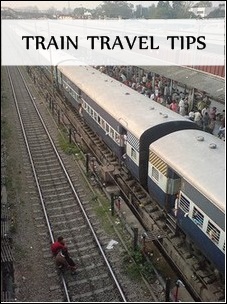
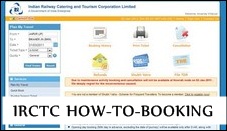
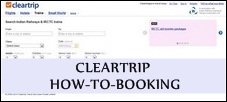
Learn HindiTraveling in India? Learn useful Hindi phrases for free!
|
|||||||||||||||||||||
|
Connect with
| ||||||||||||||||||||||
|
|
||||||||||||||||||||||
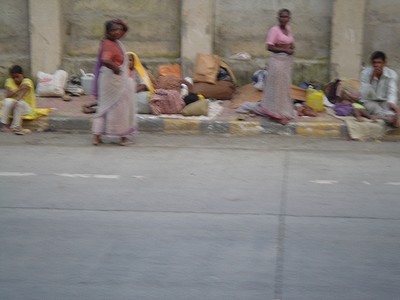
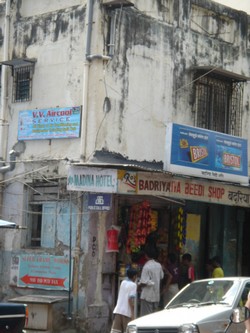
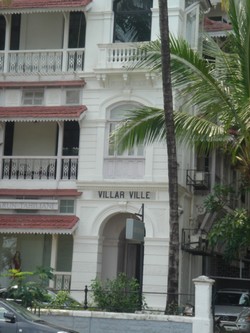
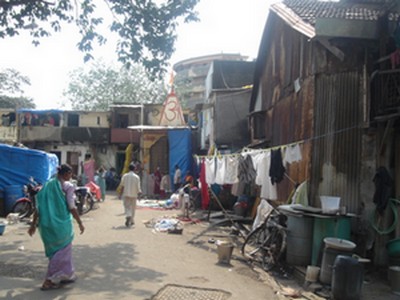
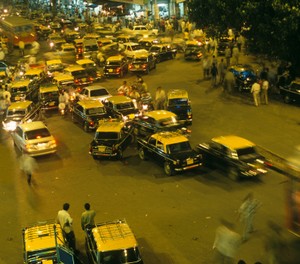
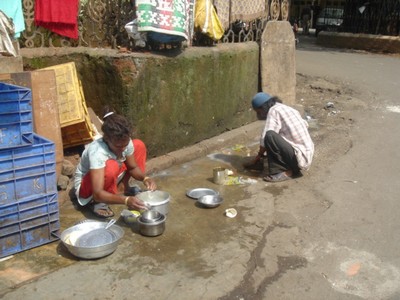
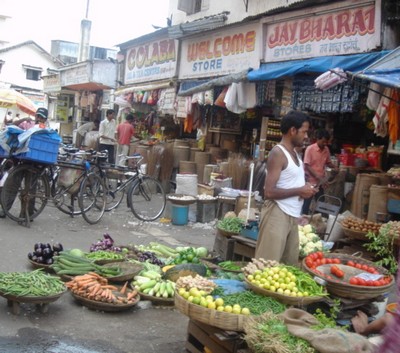


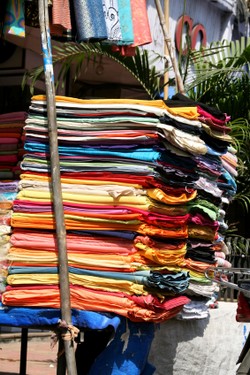
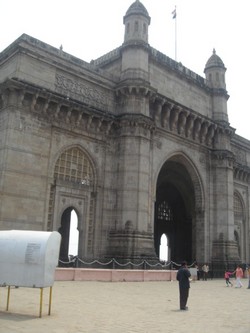
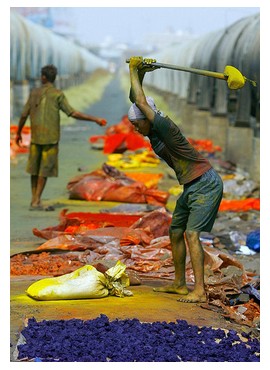
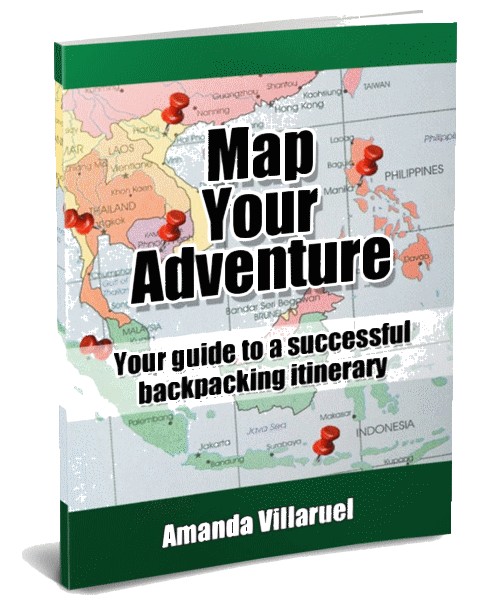
 Learn Hindi
Learn Hindi